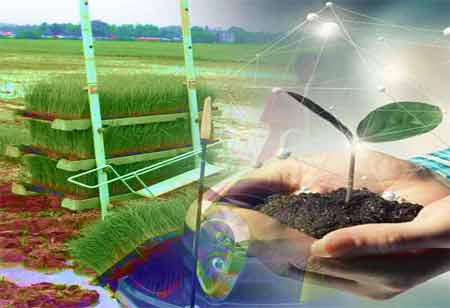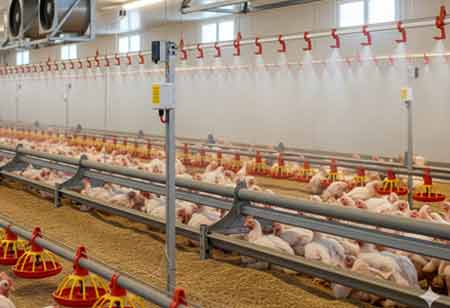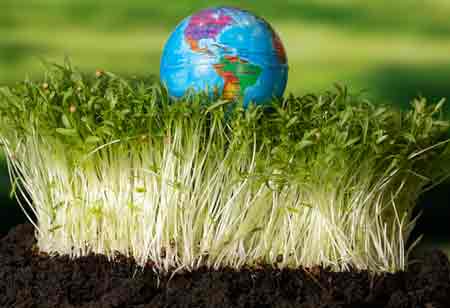Thank you for Subscribing to Agri Business Review Weekly Brief
Exploring Sustainable Solutions for Modern Agriculture
The global population is approaching eight billion people and growing continuously, making it urgent to maximize food production on available land.

By
Agri Business Review | Saturday, February 17, 2024
Stay ahead of the industry with exclusive feature stories on the top companies, expert insights and the latest news delivered straight to your inbox. Subscribe today.
Excessive agrochemical use has raised environmental and health concerns, prompting a shift toward sustainable alternatives to balance productivity and ecological well-being.
FREMONT, CA: The global population is approaching eight billion people and growing continuously, making it urgent to maximize food production on available land. This pressing challenge has led to a significant rise in the use of agrochemicals in agriculture. Agrochemicals encompass a range of chemical substances used to reduce crop losses and boost production. Their excessive and indiscriminate use has raised concerns regarding their adverse effects on the environment, soil fertility, water resources, and the development of pesticide resistance in various crop pests.
One of the key drivers behind the increased use of agrochemicals is the unprecedented rise in food prices due to the highest food inflation rate in 40 years. These price increases have pressured the agricultural sector to maximize yields and economic efficiency. Agrochemicals, including fertilizers, plant protection chemicals, and plant growth stimulants, are essential to achieve these goals. They have played a role in increasing food production and addressing food security concerns, vital in a world where millions still suffer from hunger.
While agrochemicals have contributed to increased food production, there is growing evidence of their adverse effects on environmental quality and human health. The extent of their increase varies from nation to nation, depending on the type of chemical compounds and the severity of their detrimental impacts. These variations are primarily attributable to technological adoption, regulation, enforcement, and compliance differences.
Agrochemical advocates argue that their benefits in improving agricultural economic efficiency justify their use. They point to the substantial increase in food production enabled by agrochemicals. Nonetheless, concerns have been raised about the economic rationality of pesticide use when considering the environmental and health costs associated with their application. The impact of agrochemicals on ecosystems and human health has led to questions about their overall profitability and efficiency.
DDT (dichloro-diphenyl-trichloroethane) served as a turning point in drawing global attention to the environmental impacts of indiscriminate agrochemical use. The use of DDT in agriculture was banned in the United States in 1972 and the United Kingdom in 1986 due to its detrimental effects. However, it continues to be used in many developing countries for controlling vector-borne diseases. Despite bans, DDT use persists in some developing nations.
Agrochemicals can be categorized into different groups, including insecticides, fungicides, bactericides, herbicides, and rodenticides, which belong to significant chemical families such as organophosphates, carbamates, organochlorines, triazines, and dithiocarbamates. While herbicides dominate the global pest control chemical market, the proportions of various pesticides used differ among countries.
As the global population grows, enhancing food production remains a top priority. However, excessive agrochemical usage has led to adverse environmental and health effects, including soil fertility depletion, water stress, and pesticide resistance. The agricultural sector is shifting toward sustainable alternatives such as Integrated Pest Management (IPM), biologicals, and genetic engineering. This transition aims to ensure agricultural productivity and environmental sustainability as the world grapples with feeding a growing population while preserving the planet's health.





